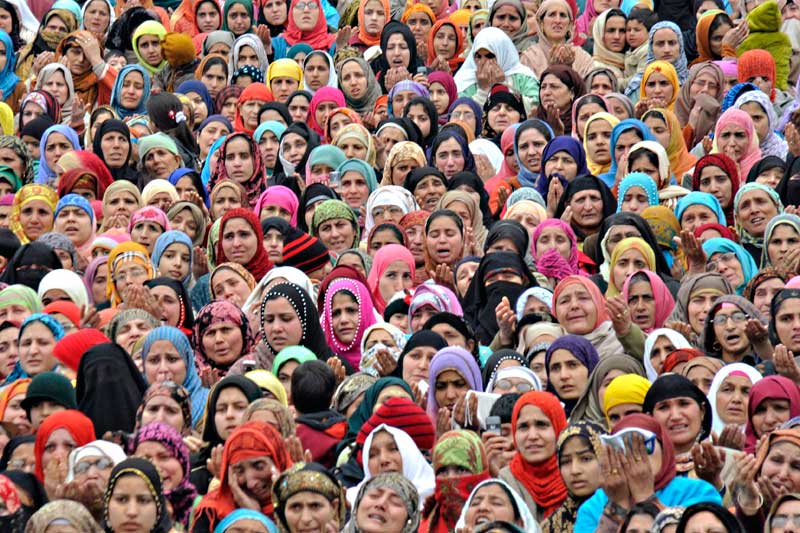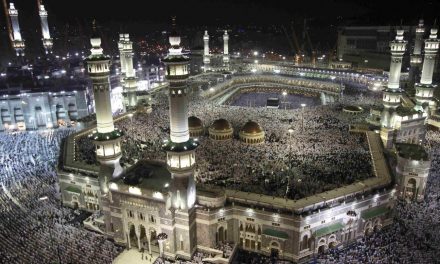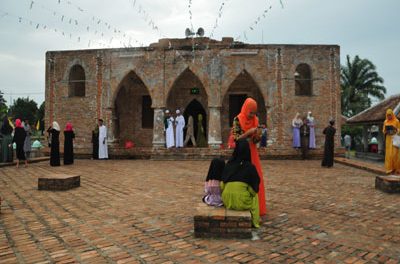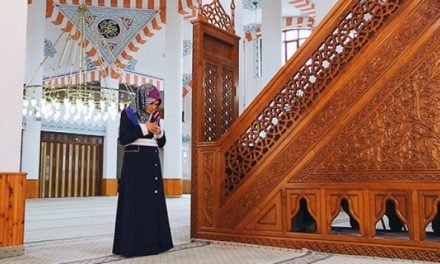
Question:
Respected scholar, in the Indian subcontinent Muslims are divided into so many alleged upper and lower casts and adopt same cast system prevailed in Hindu community.
Some Muslims prefix the word SAYYED with their names and claim that they are ancestors of the Prophet (peace be upon him). They also declare other Muslims inferior than them. My question is: does Islam allow the cast system in any way? What is the meaning of Sayyed in Arabic language & and do Arabs also use this word as a cast symbol?Please answer in detail as Indian Muslim Ulama also recognized casteism directly or indirectly. Dr. Aamir Riyaz, India.
Answer
Soon after the passing away of Prophet Mohammad (peace be upon him) Islam expanded and started to mix with various civilizations in unique ways. These civilizations had their own social structures, which Islam generally accepted, such as specific tribal systems or royal lineages, and so on.
Islam allowed societies to maintain certain social status for certain groups of people based on their lineages and tribes. Thus, for example, persons who came from certain noble Arabic (prophetic) lineages kept a special status in terms of them not receiving charity and perhaps having some special conditions for accepting marriage proposals, and so on.
However, it is essential to note that the Indian caste system that Muslims had adopted is different from the above. On one hand, it does have a side of it that could be acceptable in Islam, such as honoring certain lineages.
On the other hand, in reality, it is a framework for an unfair social system that goes against the Islamic principles of equality of human beings in general and of Muslims in particular.
Every Muslim knows that Allah said what means:
*{the best amongst you at the sight of God are the most pious.}* (Al-Hujurat 49:13)
The Prophet also said:
“An Arab has no advantage over a non-Arab, a white person has no advantage over a black person, and a black person has no advantage over a red person, except with piety and good deeds.”
However, sociological studies on the social structure of Muslims in India have proved the strong presence of descent-based social stratification among them that has serious implications on their quality of life and development, which is un-Islamic.
Unfortunately, features of the Hindu caste system, such as hierarchical ordering of social groups and hereditary occupation, are widely present among Indian Muslims as well.
Thus, present day Muslim societies in India are: (1) those who trace their origins to foreign lands such as Arabia, Persia, Turkistan or Afghanistan, (2) upper caste Hindus who converted to Islam, (3) middle caste converts whose occupations are ‘ritually clean’, and (4) converts from the ‘untouchable castes’, Bhangi (scavengers), Mehtar (sweepers), Chamar (tanners), and so on.
These groups are usually placed into 3 broad categories, namely, ‘ashraf’, ‘ajlaf’, and ‘arzal’.
‘Ashraf’ – meaning noble, includes all Muslims of foreign blood and converts from higher castes. In Bihar, U.P and Bengal, Sayyads, Sheikhs, Moghuls and Pathans constitute the ‘ashrafs’. In AP – Syeds, Shaikh, Pathan and Labbai are ‘ashrafs’.
Muslim groups currently classified by the Indian Government under the category ‘Other Backward Classes’ come essentially from the non-ashraf section of the Muslim population. They are converts from the middle and lower caste Hindus and are identified with their traditional occupation.
Based on the above, at least 82 different social groups among Muslims were declared amongst the same category.
‘Ajlaf’ – meaning ‘degraded or unholy’, embraces the ‘ritually clean’ occupational groups and low ranking converts.
‘Arzals’ – are the lowest in the caste hierarchy who have converted from ‘untouchable castes’ of Hindus. They have similar traditional occupation as their Hindu counterparts in the list of Schedule Castes. Conversion to Islam did not bring any change in their social or economic status as they are discriminated amongst Muslims also, which is un-Islamic.
Their inclusion by the Indian government in the OTHER BACKWARD CLASSES class has failed to make any impact, and because of the stigma attached to their traditional occupation, they suffer social exclusion.
The Indian Government tried — and generally failed — to solve the problem of Muslim OTHER BACKWARD CLASSES via some Affirmative Action regulations in various states.
Therefore, given all the above disadvantages and forms of discrimination amongst Muslims based on their ‘castes’, the ‘Indian Muslim caste system’ clearly goes against the Islamic principles and values that Islam views as fundamental, and thus are un-Islamic.
Muslims are supposed to take the first step in changing their own stratification of themselves before they ask others not to discriminate against them.
I hope this answers your question. Please keep in touch.
Salam.
====
Source: www.onislam.net — Ask about Islam — Jasser Auda.






